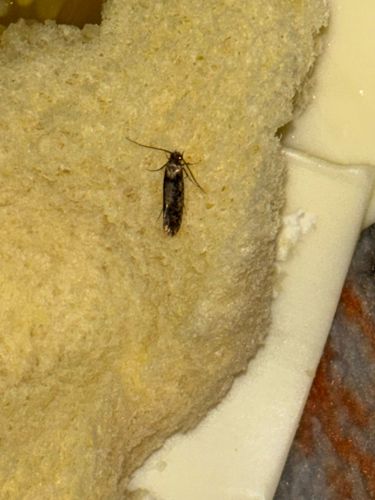Indian meal moth
Scientific Name: Plodia interpunctella
Order & Family: Lepidoptera, Pyralidae
Size: Wingspan typically 1/2 to 3/4 inch (12-20 mm); body length about 3/8 inch (8-10 mm).

Natural Habitat
Pantry areas, kitchens, food storage facilities, warehouses, and anywhere dried food products are stored. Often associated with homes and businesses.
Diet & Feeding
Larvae feed on a wide variety of dried food products including grains (corn, rice, flour, pasta), cereals, dried fruits, nuts, pet food, birdseed, spices, and chocolate. Adults do not feed.
Behavior Patterns
Adult moths are often seen flying in zig-zag patterns, especially at dusk. The larvae spin silken webs as they feed, which can mat food products together. Females lay eggs directly on or near food sources. The life cycle from egg to adult can take 27 to 305 days, depending on temperature and food availability.
Risks & Benefits
Risks: Considered a significant pantry pest worldwide, causing damage and contamination to stored food products, making them unfit for human or animal consumption. They can infest a wide range of dried goods in homes and commercial settings. Benefits: None for humans, but they are part of the natural food chain for other insects and animals in the wild.
Identified on: 10/1/2025